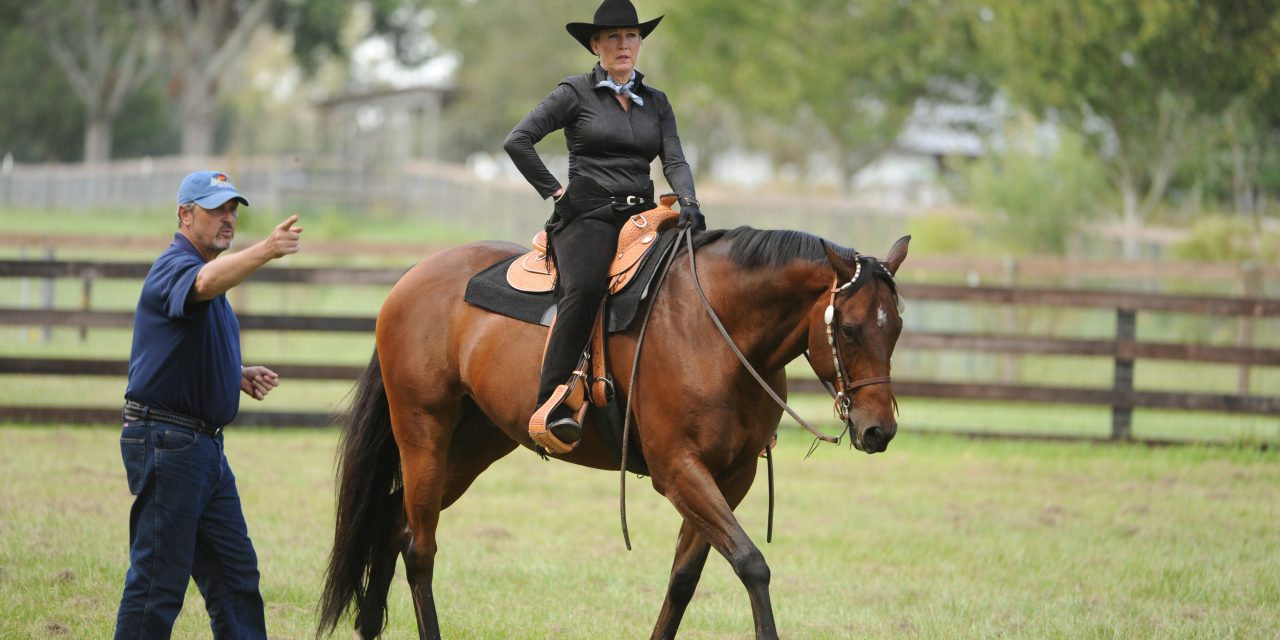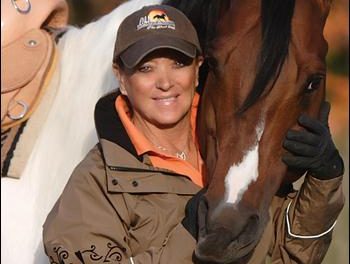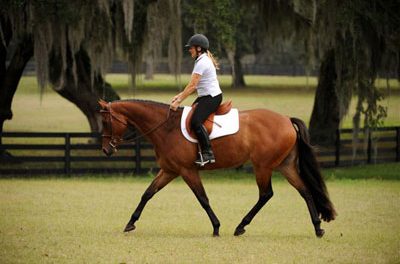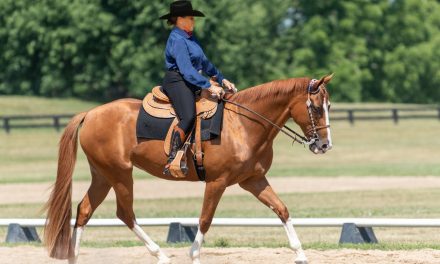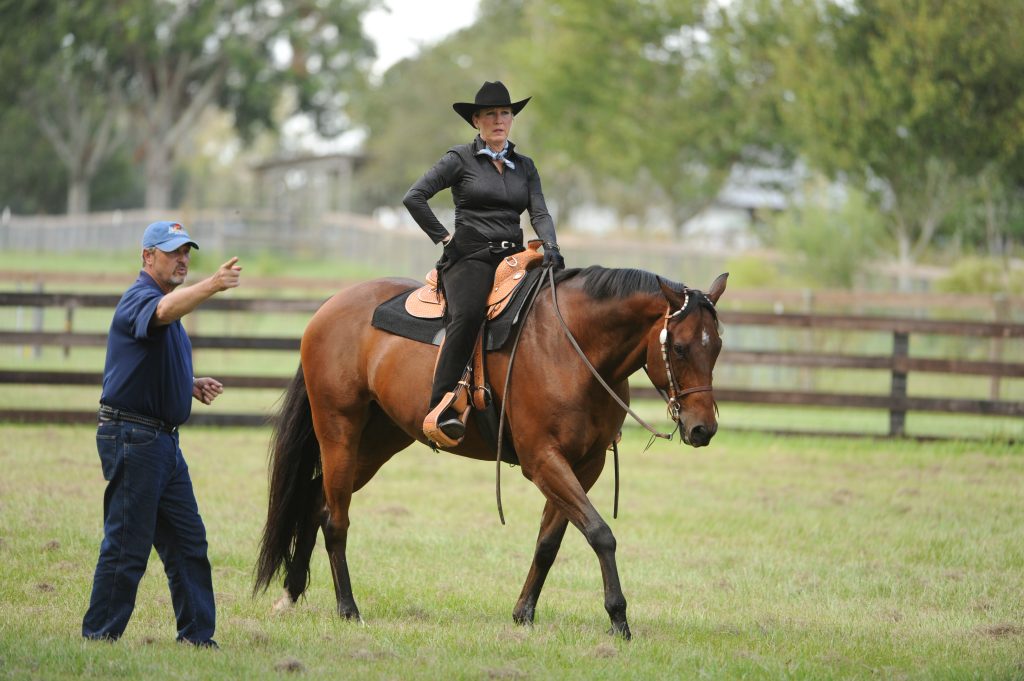
Hi, this is “My Royal Lark” also known to my friends as “Wills”. I am a handsome bay Appendix Quarter bay stallion and son of legendary “Rugged Lark”. I’m Lynn’s favorite partner, or at least I think so!
We know that horses don’t talk… but Lynn is finally off of her computer and now it’s my turn to give you a horse’s perspective on training. Together with Lynn’s 40+ years of professional experience in training horses and riders, we’ve come up with these pointers to help you be more successful in training your horse.
Wills’ List of How Horses Like to Learn
- We really like training sessions that are organized around a lesson plan. It gives our riders a structure to follow that helps us prepare, focus, and learn better. I think it helps them, too!
- We like the first part of a lesson to include a warm up period. This allows us to stretch our muscles and warm up our joints. It is especially important if the weather is cold. A warm up helps us avoid injuries and gets our bodies prepared to participate to our fullest in the lesson.
- Horses like a “mental” warm-up before the real lesson starts, too. Get us in the mood to learn by reviewing different figures, transitions, or maneuvers that we do well. This reinforces past training and gets us thinking!
- We like challenges, but introduce new lessons in small, easy steps that we can understand. We want to please you. A kind word or pat when we get a lesson right tells us we are on the right track. When we refuse or resist, we are showing you that we don’t understand the lesson you are introducing. We look to you to give us confidence to learn. When you are patient with us, it builds our trust in you. If you do this, we will give you back obedience and show you the same respect you give us.
- At the end of our lesson go back to doing something that we already do well. This gives us confidence and reinforces our partnership.
- Finish up with a cool down period. This gives us the opportunity to stretch the muscles we used. We like having this quality time with you without having to concentrate on learning.
- After we are back in our stall, most of us like to be groomed. It’s like having a massage after a workout! While some horses like grooming more than others, we all love to get a special treat like a carrot or apple from you. This tells us that you appreciate us. Give us a few kind words and a pet on the forehead or side of the neck and we will be anxious for our next lesson together!
If you follow my advice, your horse will love to learn and love you for it!
Yours in partnership,
“Wills”
This Week…
A reader contacted me with a question about a term in an article that she did not understand. I really appreciated hearing from her and encourage anyone who doesn’t understand a horsemen’s term I use, to ask me about it.
The reader’s question was: What are tempi changes? I used this phrase to describe an exercise that I was learning to improve through lessons with Olympic dressage rider Jane Savoie.
Tempi changes are one of the most challenging disciplines that you can train your horse to do. To explain them, I first need to describe flying lead changes, which are the key component of tempi changes.
Flying lead changes are done at the canter. When a horse is on a right lead canter, the right front and hind pair of legs stretches further forward in stride than the left pair. When a flying lead change is asked by the rider, the horse switches to the left lead where is his left front and hind leg pairs stretch further forward–without a change in cadence to his 3-beat canter.
Tempi lead changes are sequences of flying lead changes, done at the canter, at a precise number of strides. Any increment of strides can make up a sequence of tempi changes. For example, tempi changes at 5 strides mean 5 strides of canter on one lead, a flying lead change, then 5 strides of canter on the other lead, and repeat.
The most advanced tempi changes are done every stride. If we use our example of starting on the right lead, a single stride tempi change would be 1 stride right lead- flying change -1 stride left lead- flying change –1 stride right lead- flying change, and so on.
Thanks to this reader for her question. Her inquiry reminds me of the importance of following Will’s suggestions… keep training (and explanations) simple and use clear, small steps to accomplish your goals.
Until then, follow your dreams,
Lynn
Lynn Palm
Royal Palm Ranch, LTD. 9445 NW 60th Ave.
Ocala, Florida 34482
352-629-3310 – Phone/Fax
800-503-2824

